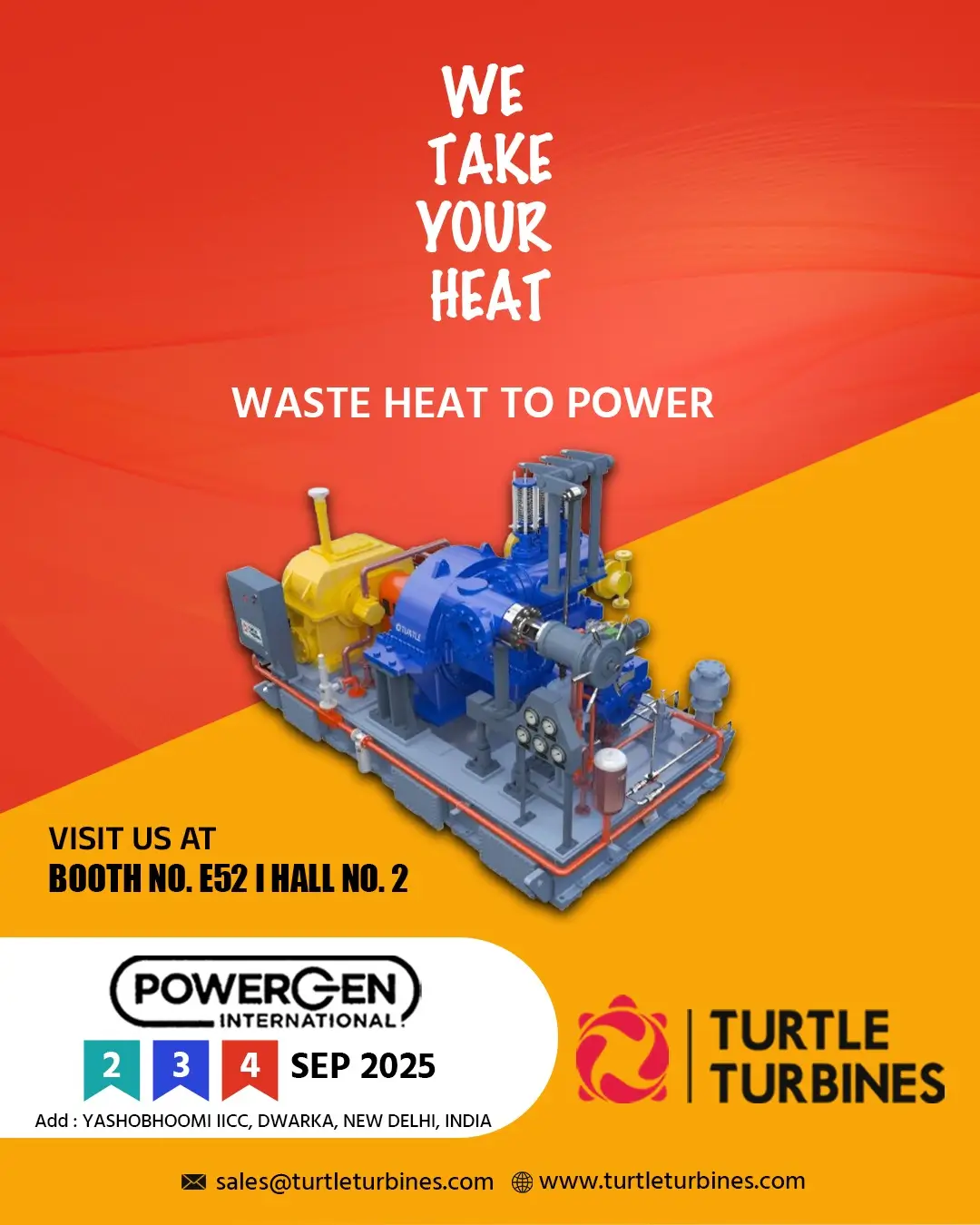In the dynamic landscape of industrial sustainability, steam turbines emerge as indispensable assets, steering the trajectory towards a greener future. These engineering marvels capitalize on thermodynamic principles, effectively converting thermal energy – often derived from renewable sources like geothermal or biomass – into mechanical power. The essence of their functionality lies in the robust Rankine cycle, a thermodynamic process intricately designed to transform heat into tangible work, establishing the foundation for sustainability with steam turbines.
The versatility of steam turbines extends their influence across a spectrum of industries, from power generation plants to intricate manufacturing processes. This adaptability underscores their pivotal role in fostering industrial sustainability, seamlessly integrating into diverse energy systems. Propelled by evolving engineering practices, ongoing advancements in steam turbine technology focus on fine-tuning efficiency and curbing environmental impact. Innovations such as cutting-edge blade designs and advanced materials substantiate higher performance and reliability, fortifying the essence of sustainability with steam turbines in industrial applications.
Beyond their efficiency metrics, steam turbines play a strategic role in mitigating greenhouse gas emissions within industrial operations. Offering a clean and efficient means of converting thermal energy into electricity, sustainability with steam turbines aligns seamlessly with industry-wide initiatives to combat climate change. Their integration into renewable energy systems signifies a significant leap towards a more sustainable and ecologically conscious industrial energy landscape.
The intricate engineering of steam turbines seamlessly integrates with diverse steam cycles, including supercritical cycles that push the boundaries of efficiency. This adaptability allows for tailoring power generation processes to meet specific energy demands while optimizing resource utilization. The ongoing symbiosis between engineering innovation and industrial sustainability establishes sustainability with steam turbines as keystones in the transition towards greener and more environmentally responsible energy solutions within the industrial sector.
In conclusion, the convergence of engineering prowess and sustainability imperatives in steam turbines signifies a transformative force in the industrial energy sector. As industries navigate the challenges posed by a changing climate, these technological wonders pave the way towards an industrial future where clean, efficient, and sustainable energy is not just an aspiration but an industrially realized reality achieved through the lens of sustainability with steam turbines.
Turtle Turbines is one of the most reputed steam turbine manufacturers from India for power generation, suitable for operation on the saturated and superheated steam boilers operating in various industries. Based in India, the company focuses on providing sustainable solutions for power generation and configurations to meet the needs of different applications. For more information please visit on www.turtleturbines.com
Turtle Turbines is one of the most reputed Steam Turbine Manufacturers In India. For more information visit now https://turtleturbines.com


